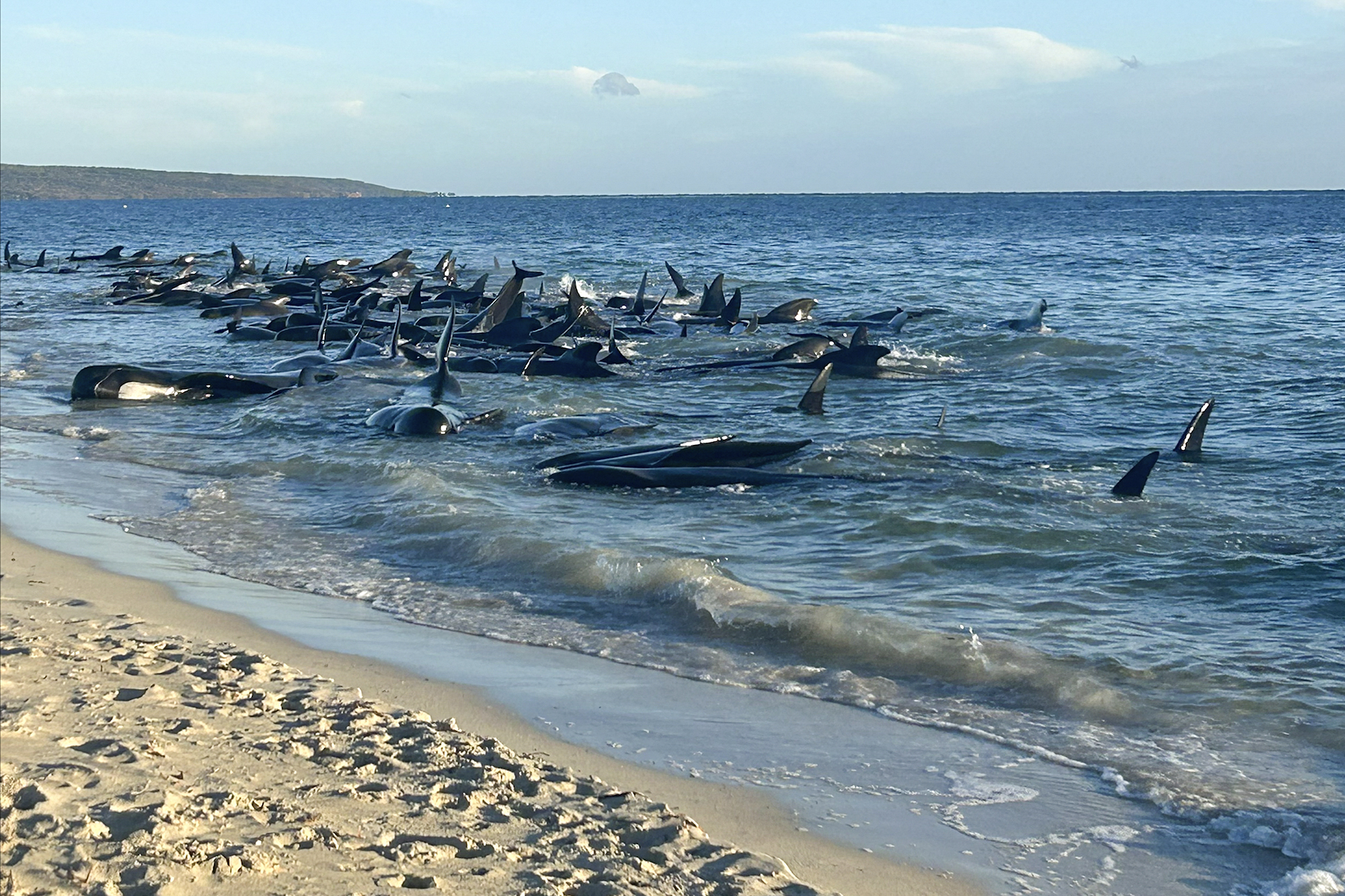At first glance, "True Grit" could be categorized simply as a Western, and given its first cinematic incarnation as the John Wayne vehicle that won The Duke his Oscar, that would make sense. But in the hands of the Coen Brothers and their favorite Dude the classic story blossoms into a soot-black comedy woven with King James Bible-brand dialogue and some of the best performances of the year.
Lacking any sentimentality, but somehow full of heart and tenderness, unpredictably funny yet chillingly somber, "True Grit" is a genre-defying, impeccably crafted film that only the Coen Brothers could make.
Adapted from Charles Portis' 1968 novel, the film stars beguiling newcomer Hailee Steinfeld as Mattie Ross, a no-nonsense 14-year-old who recruits U.S. Marshal Reuben J. "Rooster" Cogburn (Jeff Bridges) to track down Tom Chaney (Josh Brolin), the man who killed her father for a few horses and two California gold pieces, so she can exact avenge. As they set off into barren "Indian Territory," freshly dusted with snow, they're joined by La Beouf (Matt Damon), a Texas Ranger who's spent months on Chaney's trail.
Shot by Roger Deakins (marking his eleventh time as the Coen Brothers' cinematographer) in dusty sepia tones that give way to inky nights spent by the flickering glow of a campfire pockmarked by the occasional muzzle flash, the film looks and smells like a worn leather saddlebag—as does Bridges.
Sporting an eye patch, gin blossom nose and wheezing tobacco-charred voice, Bridges' whiskey-guzzling, sharp-shooting Cogburn is an acting high wire act. Somehow both grounded and grandiose, it's a turn so impressive, it makes you wonder if he could pull a Tom Hanks and win the Best Actor Oscar two years in a row (we're still reeling that he was left out of the Golden Globes).
When asked at the LA press day how he wove together his character, Bridges offers with a shrug, "Gosh, each scene is an opportunity to show a different facet of the person you're portraying. I begin developing a character pretty much the same way every time. You're looking at the script or, if you're lucky enough to have a book, you're looking at that material and seeing what other characters say about your character, what you say about yourself, what the author says about you. That tells you quite a bit. "
He says that "one of the cool things about making movies is [that it is] a collaborative art form so you have all these other artists who are concerned about specific areas that might be what the room your character lives in, what it looks like and what the clothes look like."
U.S. & World
As far as particulars models he used as a base for his character, Bridges admits, "I used to love it when my dad [Lloyd Bridges] would play a western. When he appeared at my door all dressed up in his cowboy clothes, it was a thrill to me, so I guess there's some of my dad in there."



